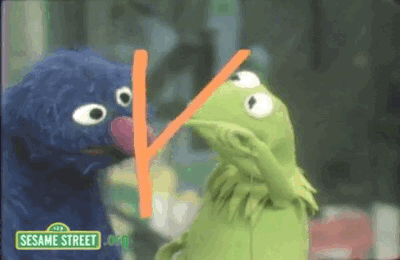Sure, but the paper unlikely explains how Tesla should handle situations where the camera (and driver in L2) is blinded by a low sun ahead.
From my own dashcam have seen this produce a pretty uniform orange glow painted widely over the road and sky simultaneously, must dig for better photo without intervening trees but here's the effect I mean:
View attachment 396034
When this happens at highway speed in:
L2, the driver should of course intervene.
L3, the required response would be to slow down until radar or ultrasonics can read the situation, while calling on the human to assist, otherwise the car could effectively be flying completely blind.
L4, then there is no driver upon whom to fall back, so the AV can be reduced to a dangerous sudden crawl in the middle of the motorway, precisely at a point where any human driver following behind is also likely to be blinded.




